Realism painting is all about capturing the essence of a scene or object. To do this, you need to train yourself to see in a certain way and use techniques that will help you to create a more realistic painting. However, realistic painting may mean different things to different people. To some it may mean hyperrealism and wanting to make a painting look like a photograph.

Magda Torres Gurza, L’ora del té (2015), This painting is a great example of hyperrealism. The emphasis is on the object instead of the abstract elements that make up painting – light, color, form and geometry. A painting can be made much more realistic and interesting by focusing on the fundamentals of painting instead of the subject matter.
I believe that paintings can go well beyond what the camera captures. So, here I focus on the kind of realism that exists in old master paintings and show you how you can strive after that in your own work. Learn how to train your eye to see, so that you can paint compelling realistic paintings. First up, you will learn how to create more realistic paintings by learning how to see.

TIP 1: Train your eye to see abstractly
To look at things abstractly might sound counter intuitive when you think of painting realism. As the word ‘abstract’ often conjures up images of paintings made up of splashes of paint, shapes and unrecognizable imagery. However, looking at the world abstractly is precisely what will make your work appear more real.
This is exactly what Vermeer did – as evidenced in the detail you can see on the right side in the image below.

How to see what’s in front of you

David Johnson (American, 1827-1908). The apple and pears in the painting all have very characteristic qualities about them that make them look very convincing and like the artist painted them directly from life.
Let’s say you are painting an apple sitting on a table. If you paint the apple with the mindset that you are painting it to look like an apple then it probably will look like a generic apple. However, it will not have the specificity of the apple that is sitting on the table. When you paint with the mindset of seeing things as ‘things’ instead of abstract shapes then you end up painting out of your head and not what you are actually really seeing – thus it is not good realism painting.
Use of colors and shapes in realism painting
What painting abstractly really means, is to paint by observing light and dark, shapes, and colors. These are all the ‘real’ elements that make things look the way they do.
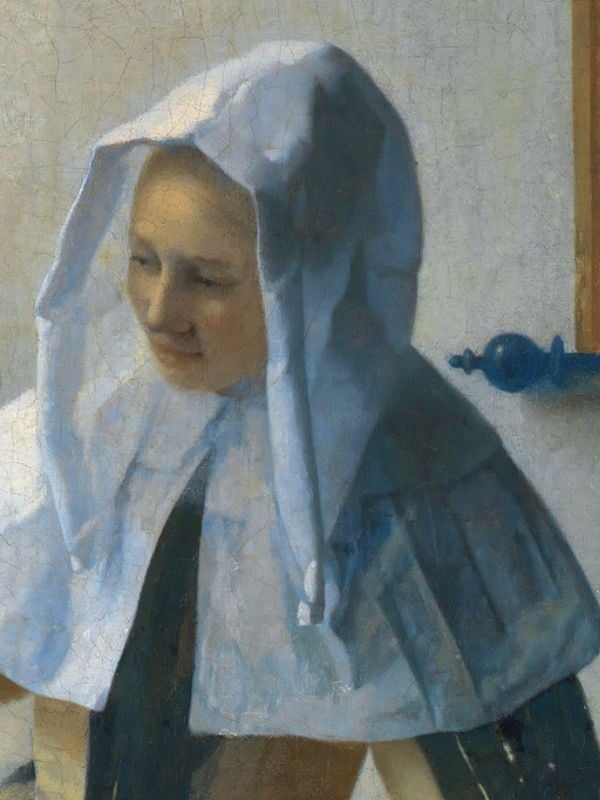
So, when focusing on these elements (the core essentials) you can end up with a much more realistic painting than if you were to paint with the mindset of painting an ‘apple’. It’s important to understand the fundamentals of painting when working with the core essentials.
TIP 2: Focus on VALUE
Value is the most important element when it comes to creating a realistic painting. Light is everything! Even when you consider value next to color, value is more important. If your colors are all off but your values are right on, then your painting will work. However, if your colors are great but your values are not correct, then your painting will not work.

Importance of simplifying in realism painting
Simplify the values when you paint. It is absolutely impossible to paint all the subtle value shifts that exist in nature – as there are millions!

In this diagram you can see how the range of light and dark that we have in our world is vast in comparison to the range that we have in our paints. Therefore, to paint realism it is vital and necessary to simplify values and see abstractly.
We have a very limited range of values available to us with our paints. Since it’s physically impossible to replicate all the values we see in real life, we MUST simplify the values we see. This is exactly why I also say that it is necessary to see abstractly.
How to break down values
When starting out a painting choose to begin in an area that has the basic three values next to one another – dark, medium and light values. Once you have your first three values down then continue on building onto the painting by focusing first and foremost on value.

As you paint, consider what the value of something is before everything else. Ask yourself if it is a light, medium or dark value before mixing your color. Use the values that are already on your painting to compare and decide if the value is lighter or darker than the color next to it.
TIP 3: Importance of EDGES in realism painting

Edgar Degas (French, 1834-1917) clear hard, medium and soft edges are made to create a distinct sense of space in the painting.
Edges in art are closely related to value since values help to create edges. Two high contrast values next to one another create a hard sharp edge while two low contrast edges create a soft edge. Edges help make areas go in and out of focus in your painting. Thus, you can make things feel up close or far away. This of course creates a feeling of space and a strong sense of realism.
TIP 4: Create a realistic sense of SPACE
Realistic paintings have a compelling sense of space. This is something you can create in your own work by implementing specific techniques in your work.
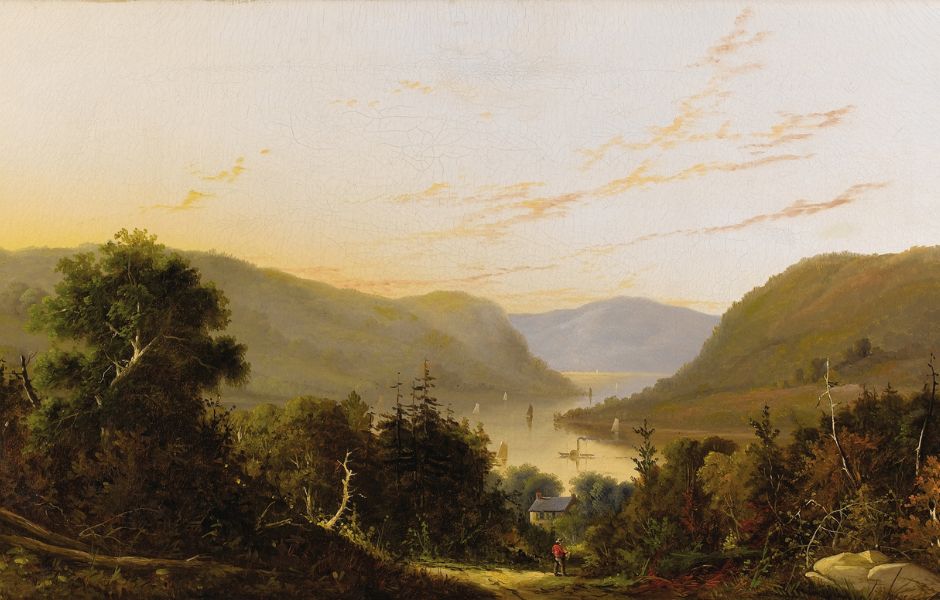
William Louis Sonntag (American, 1822–1900). Space is significant in all kinds of realism painting, though we notice it on a much bigger scale in landscape paintings. Like this one above.
How to create depth using edges
The next time you paint, carefully observe the edges of what you are looking at. Ask yourself which areas are fuzzy and which are sharp. In general, areas in the background are softer, while areas up close are sharper. With edges, you have the possibility to create a large sense of space. You can create a vast landscape or focus on smaller areas such as a nose on a portrait

Jean-Baptiste-Camille Corot (French, 1796 – 1875). In this painting we can see how a compelling sense of space can be created with edges. The trees and leaves that we see closer to us are much sharper in comparison to the trees that we see further off in the distance.
Using color to create realistic depth in your painting
Generally the further away something is, the more faded (lighter in value) and cooler in temperature it becomes. This is due to the natural light that fades as it travels through the atmosphere.
The closer something is to you the darker in value it is and also warmer in temperature. You will notice this when observing and studying a landscape.
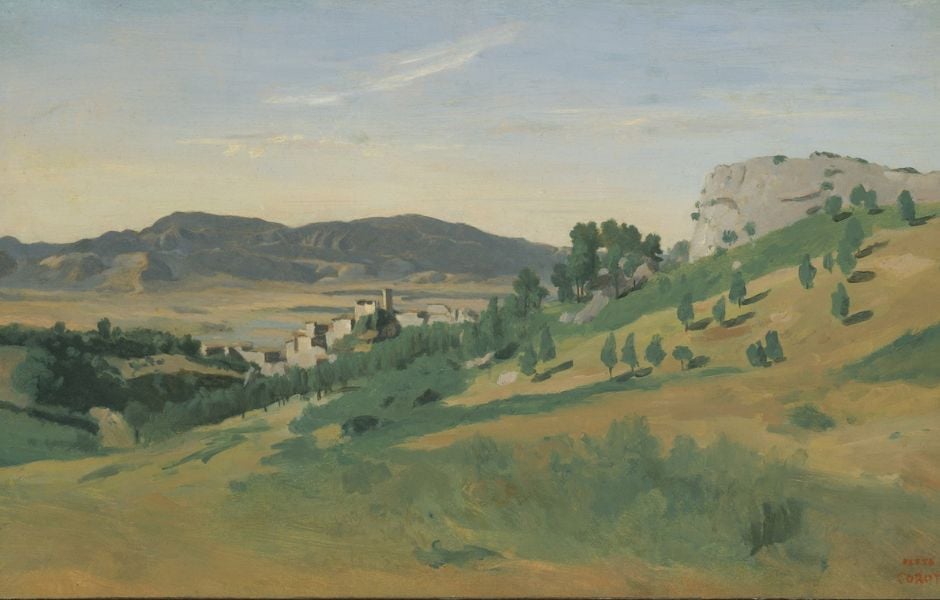
Paying attention to color temperature and value in regards to space will allow you to create a much more realistic and compelling painting. However, like most things in painting these are generalities and aren’t true 100% of the time.
TIP 5: Pay attention to color and temperature
Color and color temperature are vital elements when it comes to realism painting. I would dare to say that temperature is more important than color. When we paint from nature we can never paint a color exactly the same way as we see it in front of us. All we can hope to do is create a representation of that color. However, what we can do is be accurate about the color’s temperature in relation to the other areas around it – this can also be called ‘color harmony’.
How to use color spots in realism painting

When working with color and temperature you always want to think and paint in terms of color spots. Don’t see the outline of the object as the boundary. Only consider the spots of color that you see. This color spot method way of working is also how the old masters saw and painted.
Decide on how to mix your color spots by comparing the colors that are next to one another. By comparing, you can mix up colors that fit really well into your piece and contribute to a realistic painting.
TIP 6: Make use of drawing and geometry

Drawing does not just mean making lines with a pencil. It is measuring and creating an accurate geometric shape of what you are painting. So, you are continually drawing with your eyes and brush as you work to place your color spot in the right place. If you ever notice a misplaced color spot – then simply scrape it out and move it over.
Why drawing is important to realism painting
The more you draw and practice measuring the sharper your eye will get and be able to paint accurate distances from one color to another. Work at being vigilant to trust your eye! If you notice something as being out of place, then correct it right away.
TIP 7: Learn to see like a painter

Training your eye to create realistic painting is a long process that requires continual efforts over time. The more intentional you are, the fast you will be able to learn and teach yourself to see like a painter
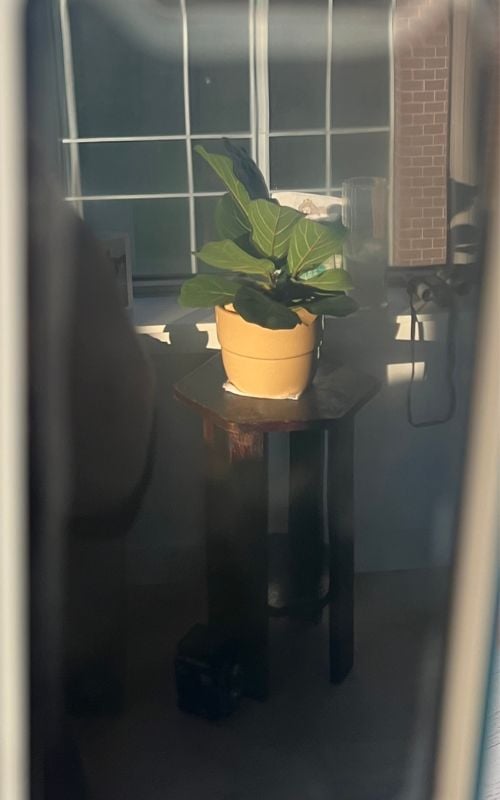
One of the main principles of realism painting is to simplify. You cannot paint everything you see in front of you. This would be impossible and a painting would look cluttered. Choose instead to focus on the important details that will create the feeling or message you want in your painting. Focus on the essentialsWhen it comes

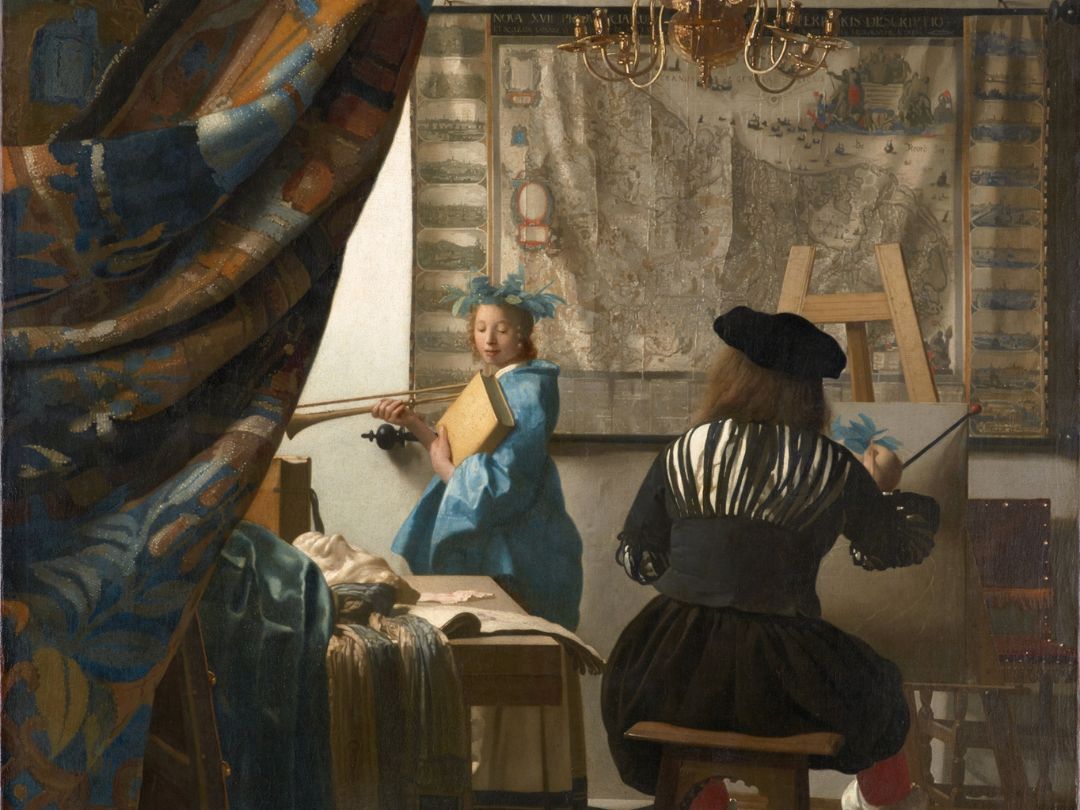

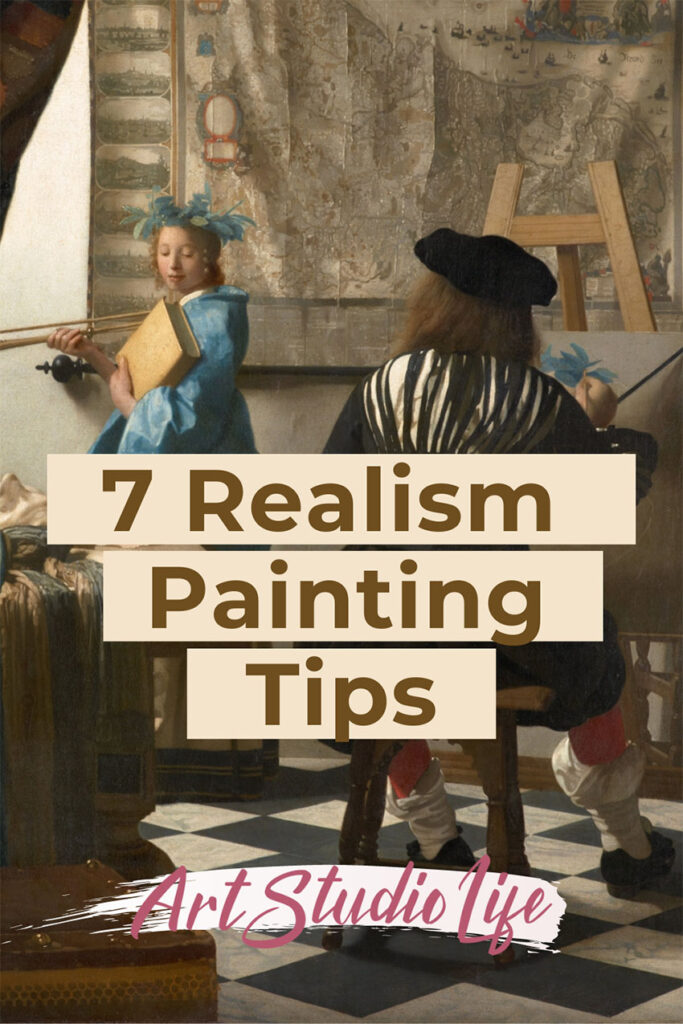


22 thoughts on “7 Realism Painting Tips to Help You Create More Realistic Paintings”
Have “tried” my hand at painting and though realism is my favorite style, when I paint it doesn’t look anything what I desire. I have learned that painting an exact shape definitely takes away from the look of realism, possibly even making it look the opposite, sort of like cartoon or over emphasis on particular features. I found this article to be very helpful. Seeing the abstract does seem counter intuitive, but maybe that’s what make something look more real, it’s not perfectly shaped, but somewhat illusive.
Thank you again. It encouraged me to keep trying.
Hi Beth, Am very glad to hear that this article was helpful for you – thank you for sharing! Yes, you are absolutely right in that it does seem counter intuitive to see something in an abstract way but it is exactly what helps us to create something more convincing and real. Am very glad this encouraged you to keep trying! And please do keep trying. You will get there with practice! 🙂
Dear Elizabeth, I am 76 years old and started painting with acrylics about 4 years ago and I’m loving it! I can now paint what I call realistic paintings. I am so grateful for your material on realistic painting! Thank you so much. I struggle with thinking of what I want to paint so your material is awesome! Again, you’ve given me some “fresh” old ideas and I thank you.
j
Hi Nancy, That is really wonderful. Am very glad that the material offered here is helpful – you are so welcome!
Is there any way to get a printed copy of this information?
Hi Wally, I don’t have printed copies of this article available. However, you are free to reference the information on this site at any time!
Hi Elizabeth I’m Agnes I am 14 yrs old and love painting realism but I don’t get art classes or anything so this has helped me so much thank u
Hi Agnes, so glad you found this website and that this has helped you 🙂
Hi Elizabeth am Peter Kisakyamukama. am so much into realism and learning it more. And I’ve found your tips/teachings so so good they’ve helped me lots. Thank you
Hi Peter, I am very glad to hear that the tips and teachings here have helped you a lot!
Hi Elisabeth, a great summary of the important features of realistic art. Unwittingly i have followed these steps in my landscape’s thanks for the reminder. Will post the latest on facebook. regards Warren.
Hi Warren, Thank you Warren! Look forward to seeing your post in the FB group!
Thank you Elisabeth for sharing this piece of article. It sounds simple but often forgotten.
Have great Christmas and a Blessed New Year.
Hi Malini – great to hear from you! You are very welcome for the lessons in this article. You have a wonderful Christmas and new year as well 🙂
This was very clear and very helpful. I have the most trouble with color and temperature.
Hi Annette – so glad this was helpful! When saving this to pinterest it will just save the cover as your pin however the link is attached to the pin as well so you can always revisit the article by clicking the pin 🙂
Thank you very much for this article. Beeing doctor in History of Art ,this article showed me how much important is the difference between the theory and the practise.
Kind regards
Helena Saldanha
You are very welcome Helena! Yes, I have always found that understanding both the theory as well as the practice really helps to broaden ones understanding of painting specifically as well as all art in general. They can go hand in hand in a way.
I would like to order your book, but I don’t know how to do it online. Is there an order form that I am missing? Please let me know. Thanks. Bill (wneldridge@gmail.com)
Hi Bill, Thank you for your interest in the Color Mixing Master Guide. There is currently a black friday sale going on for the eBook. You can access that HERE.. When clicking the “$6 off” button you will be directed to an order form page. Let me know if you need any help!
Dear Elizabeth, I am relatively a new painter and just finished reading your article on realism. I found this information very helpful. You condensed the info , ( left out useless jargon) , and wrote the main ideas and structure in layman’s terms, clear and precise. I learned a lot from this article and will continue to refer to it many times. Thank you so much, Heather
Hi Heather, I am so glad to hear that this article was helpful and useful for you! Thank you for sharing 🙂